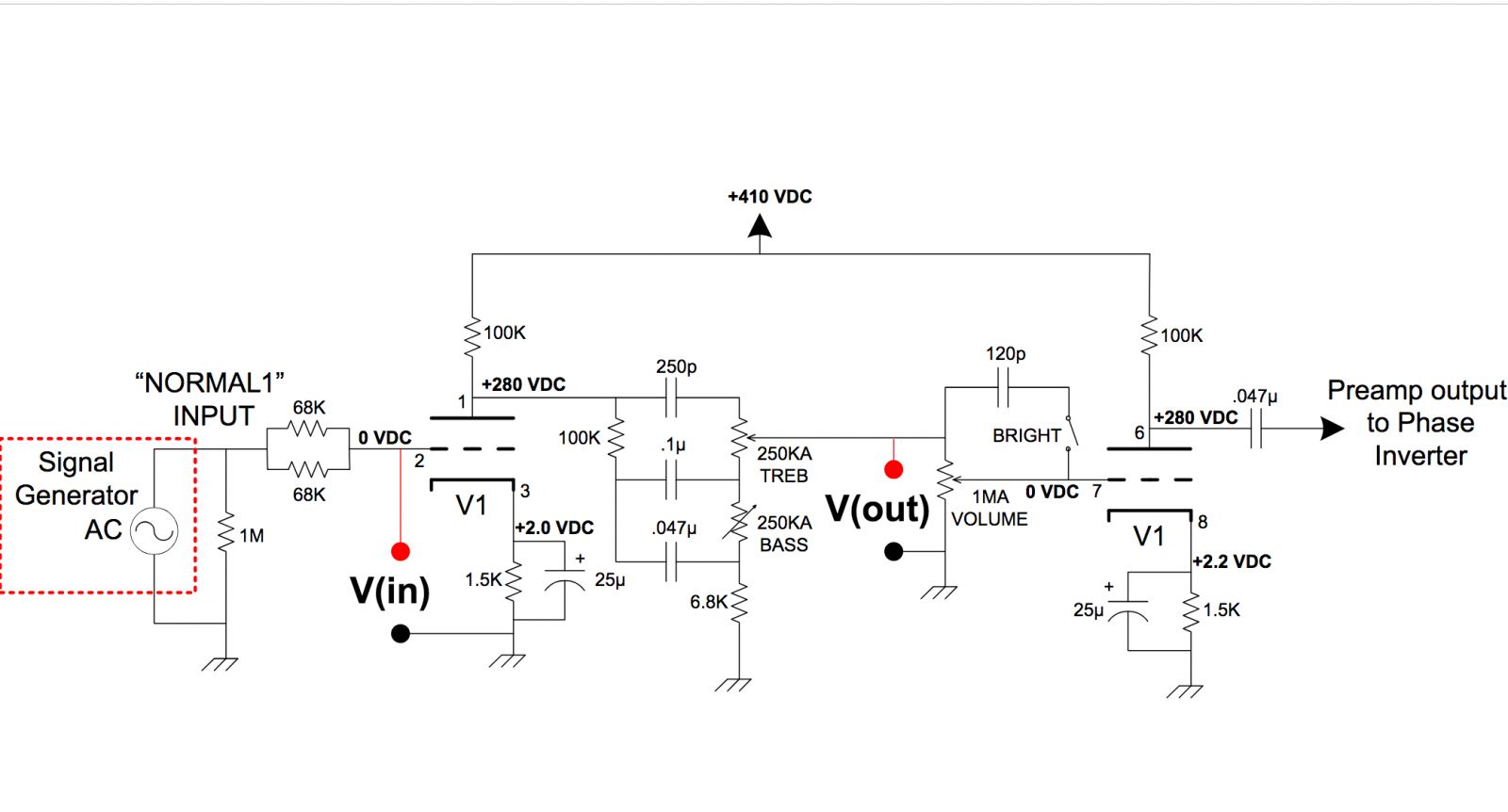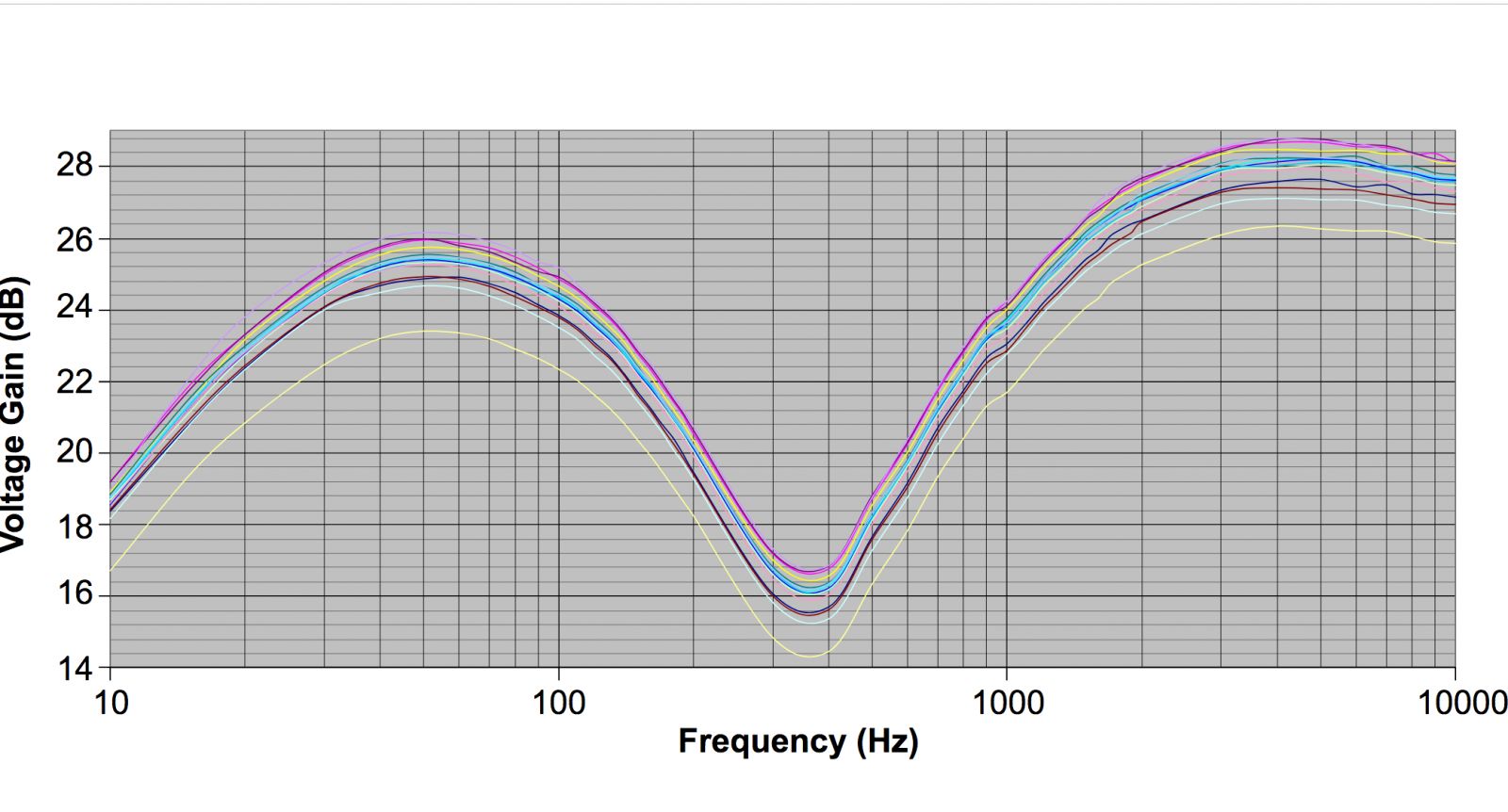12AX7 Comparisons
12AX7 / ECC83 Comparison Chart
Graph Interpretation
-
This graph is based on the average gain and noise measured from different tube brands using the same number of samples for each brand. It should not be assumed that every single 12AX7 from a specific brand will match its place on this graph.
-
The gain rating is only a relative reference (e.g. a rating of "10" does not mean ten times louder than a "1").
| Part Number | Gain Rating (1 - 10) | Drawing Glass Diameter |
Noise | ||||||||||||||||||||||||||||||||||||||||||||
|---|---|---|---|---|---|---|---|---|---|---|---|---|---|---|---|---|---|---|---|---|---|---|---|---|---|---|---|---|---|---|---|---|---|---|---|---|---|---|---|---|---|---|---|---|---|---|---|
| Frequency Response (Separated into 3 Ranges) | Drawn to Scale | 1 = Low Noise 4 = High Noise |
|||||||||||||||||||||||||||||||||||||||||||||
| Genalex Gold Pin 12AX7 T-12AX7-GOLD-GEN |
|
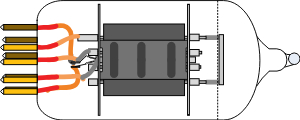 (.871 - .880") |
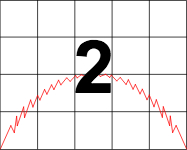 |
||||||||||||||||||||||||||||||||||||||||||||
| This long plate, gold pin Russian made Genalex B759 is loaded with bite. It offers easy access to break-up and crisp highs making it brighter than the Mullard 12AX7. | |||||||||||||||||||||||||||||||||||||||||||||||
| Mullard 12AX7 T-12AX7-MUL |
|
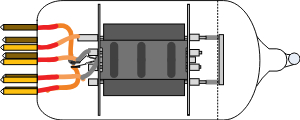 (.871 - .880") |
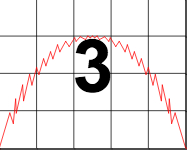 |
||||||||||||||||||||||||||||||||||||||||||||
| This long plate Russian made Mullard is powerful and thick, offering easy access to break-up with lots of top-end harmonic texture. | |||||||||||||||||||||||||||||||||||||||||||||||
| Sovtek Long Plate 12AX7 T-12AX7LPS-SOVT |
|
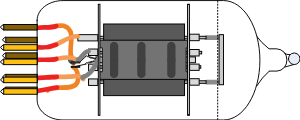 (.871 - .880") |
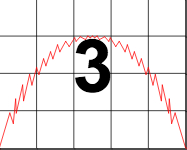 |
||||||||||||||||||||||||||||||||||||||||||||
| This long plate Russian tube is smooth and tight. It has warm lows and mids with a top-end that offers more presence than the Sovtek WA, WB and WC tubes. | |||||||||||||||||||||||||||||||||||||||||||||||
| Tung-Sol Gold Pin 12AX7 T-12AX7-GOLD-TUNG |
|
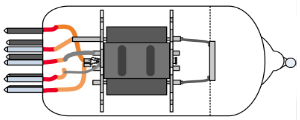 (.872 - .881") |
 |
||||||||||||||||||||||||||||||||||||||||||||
| This gold pin Russian made Tung-Sol is similar to the plain pin version, but with a little more top-end shimmer. | |||||||||||||||||||||||||||||||||||||||||||||||
| Tung-Sol 12AX7 T-12AX7-TUNG |
|
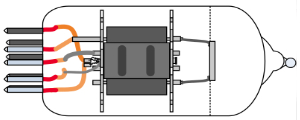 (.872 - .881") |
 |
||||||||||||||||||||||||||||||||||||||||||||
| This Russian made Tung-Sol is tight, punchy and articulate. | |||||||||||||||||||||||||||||||||||||||||||||||
| Electro-Harmonix 12AX7 T-12AX7EH |
|
 (.872 - .881") |
 |
||||||||||||||||||||||||||||||||||||||||||||
| This Russian tube has a straightforward tone with bite and easy access to break-up. | |||||||||||||||||||||||||||||||||||||||||||||||
| Mullard CV4004 T-12AX7-CV4004-MUL |
|
 (.872 - .881") |
 |
||||||||||||||||||||||||||||||||||||||||||||
| This Russian made Mullard CV4004 has shorter plates and a slightly leaner tone than the standard version. | |||||||||||||||||||||||||||||||||||||||||||||||
| Electro-Harmonix Gold Pin 12AX7 T-12AX7-GOLD-EH |
|
 (.872 - .881") |
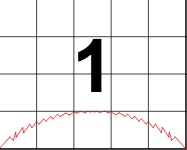 |
||||||||||||||||||||||||||||||||||||||||||||
| This gold pin Russian tube is very similar to the plain pin version. | |||||||||||||||||||||||||||||||||||||||||||||||
| JJ Gold Pin 12AX7 T-12AX7-GOLD-JJ |
|
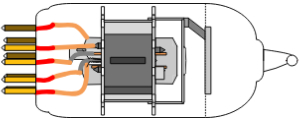 (.842 - .854") |
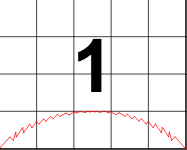 |
||||||||||||||||||||||||||||||||||||||||||||
| This gold pin Slovakian tube takes the characteristics of the plain pin 12AX7/ECC83 version and boosts them up a notch. | |||||||||||||||||||||||||||||||||||||||||||||||
| Genalex 12AX7 T-12AX7-GEN |
|
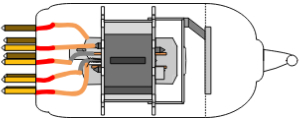 (.847 - .869") |
 |
||||||||||||||||||||||||||||||||||||||||||||
| This Chinese made Genalex offers a pleasant top-end chime and a leaner tone overall than the gold pin B759 version. | |||||||||||||||||||||||||||||||||||||||||||||||
| JJ Gold Pin ECC803 T-ECC803-GLD-JJ |
|
 (.845 - .853") |
 |
||||||||||||||||||||||||||||||||||||||||||||
| This long plate, gold pin Slovakian tube is very similar to the plain pin ECC803, but with slightly more gain and top-end harmonic texture. | |||||||||||||||||||||||||||||||||||||||||||||||
| JJ Mid Gain 12AX7 T-12AX7S-MG-JJ |
|
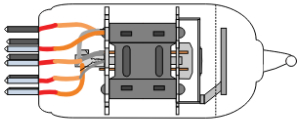 (.842 - .850") |
 |
||||||||||||||||||||||||||||||||||||||||||||
| This Slovakian tube is tight with a lot of articulation in the low mids and good presence in the highs. | |||||||||||||||||||||||||||||||||||||||||||||||
| Sovtek 12AX7WA T-12AX7WA-SOVT |
|
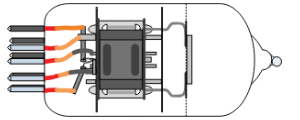 (.868 - .878") |
 |
||||||||||||||||||||||||||||||||||||||||||||
| This Russian tube is smooth and tight. It offers warm lows and mids without a lot of top-end texture. | |||||||||||||||||||||||||||||||||||||||||||||||
| Sovtek 12AX7WB T-12AX7WB-SOVT |
|
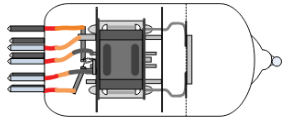 (.868 - .878") |
 |
||||||||||||||||||||||||||||||||||||||||||||
| This Russian tube is very similar to the WA version. | |||||||||||||||||||||||||||||||||||||||||||||||
| JJ ECC803 T-ECC803-S-JJ |
|
 (.845 - .853") |
 |
||||||||||||||||||||||||||||||||||||||||||||
| This long plate Slovakian tube has tight mid frequencies and top-end chime. | |||||||||||||||||||||||||||||||||||||||||||||||
| JJ 12AX7 T-12AX7-S-JJ |
|
 (.842 - .854") |
 |
||||||||||||||||||||||||||||||||||||||||||||
| This Slovakian tube is smooth and warm with lots of top-end harmonic sparkle. | |||||||||||||||||||||||||||||||||||||||||||||||
| JJ 5751 T-5751-JJ |
|
 (.842 - .854") |
 |
||||||||||||||||||||||||||||||||||||||||||||
| This Slovakian tube has a similar sound and feel to the plain pin ECC803 with slightly more low end emphasis. | |||||||||||||||||||||||||||||||||||||||||||||||
| Sovtek 12AX7WC T-12AX7WC-SOVT |
|
 (.868 - .878") |
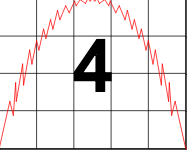 |
||||||||||||||||||||||||||||||||||||||||||||
| This Russian tube has straightforward lows and mids with top-end shimmer. | |||||||||||||||||||||||||||||||||||||||||||||||
| Sovtek 5751 T-5751-SOVT |
|
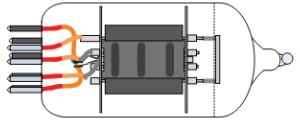 (.871 - .880") |
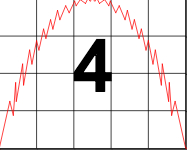 |
||||||||||||||||||||||||||||||||||||||||||||
| This long plate Russian tube sounds like a slightly lower gain version of the 12AX7LPS. | |||||||||||||||||||||||||||||||||||||||||||||||
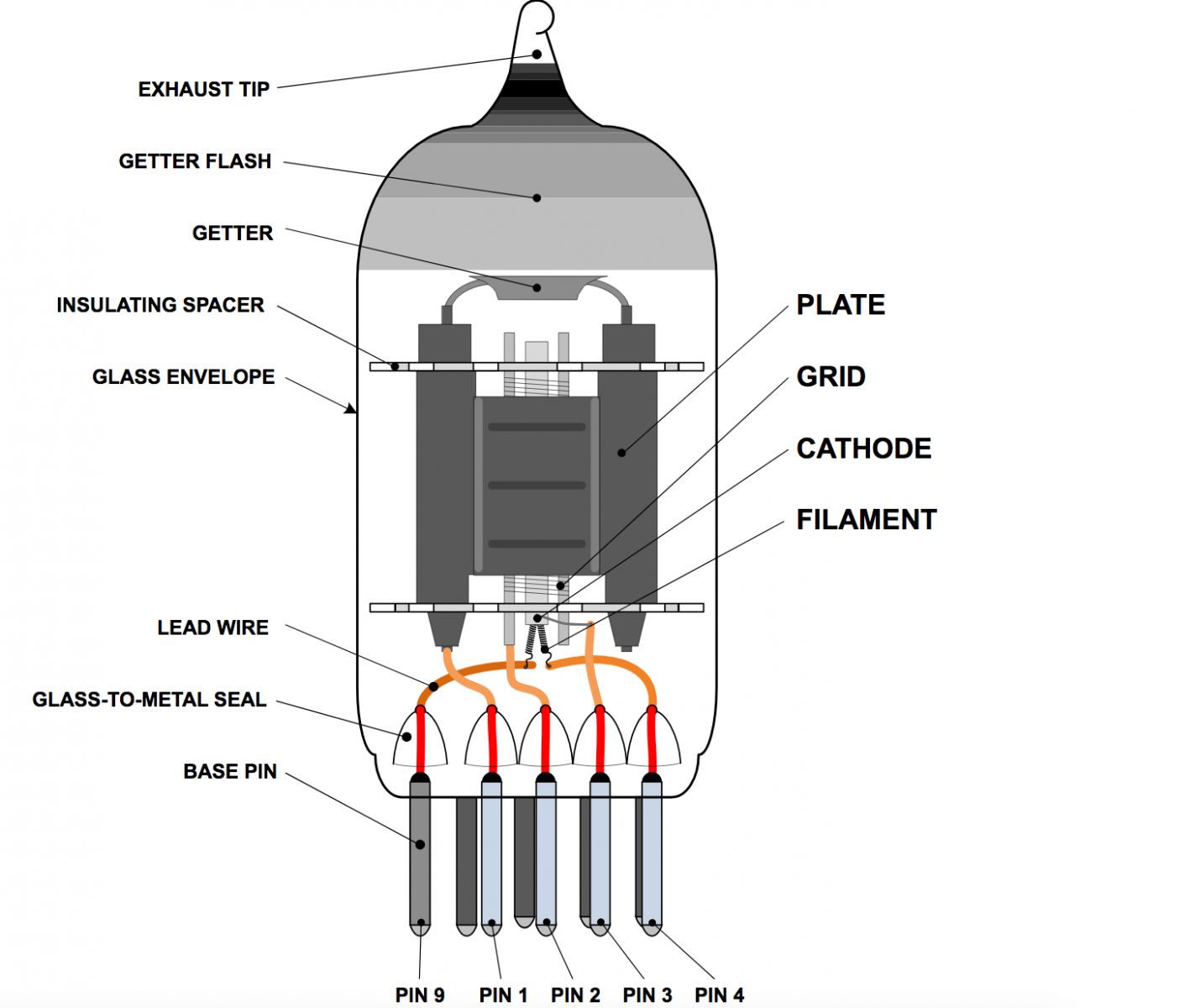
A Comparison of Current Production 12AX7 Tubes
Also included in this comparison are direct substitutes for the 12AX7 including ECC83, ECC803, 7025 and 5751.
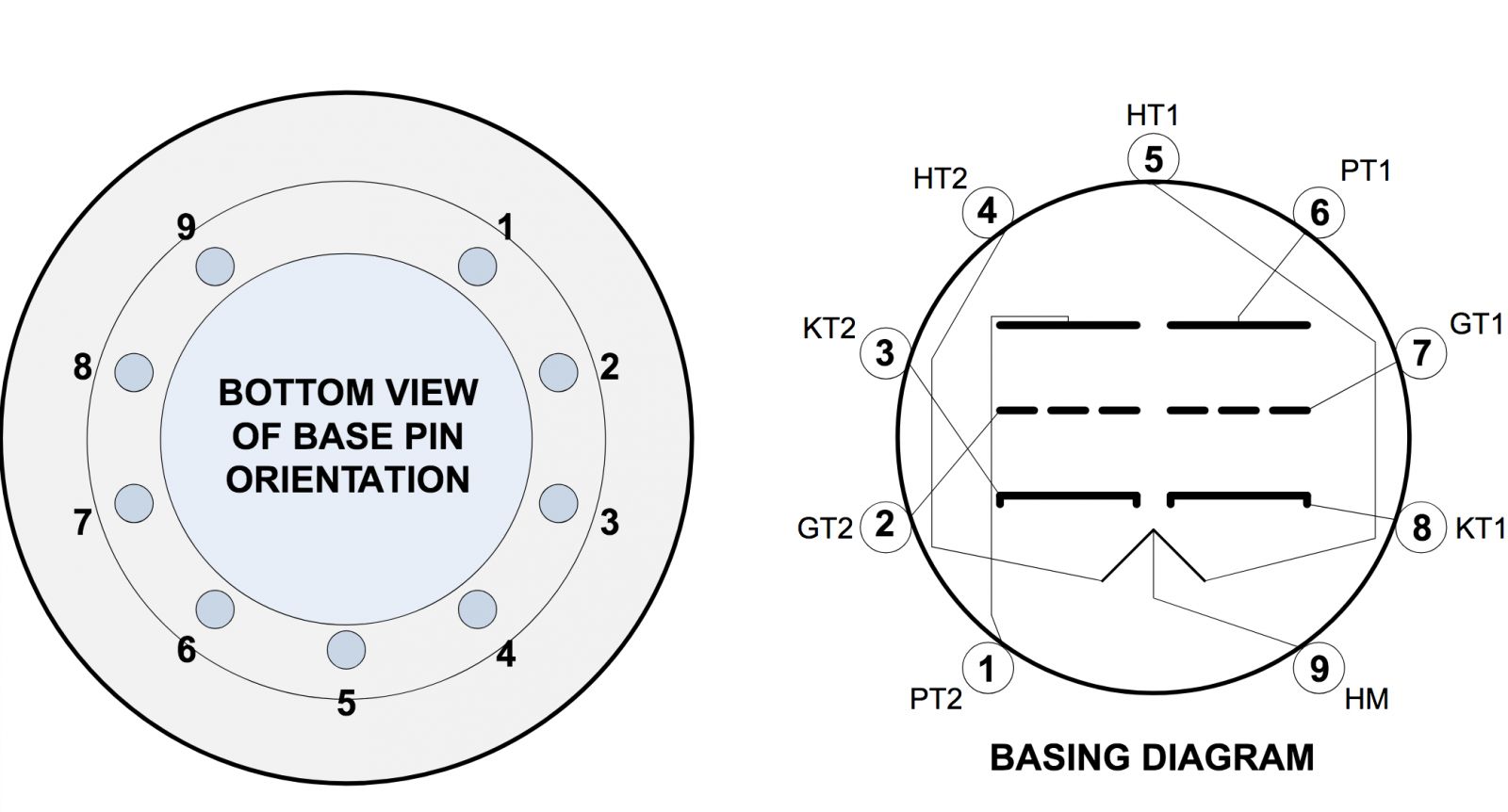
12AX7 Basics
The Gain Test Setup
